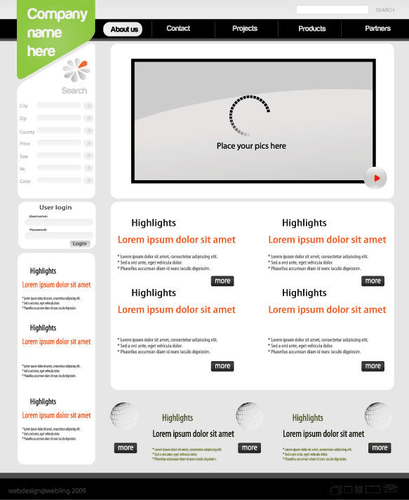What are non-manufacturing costs or period costs?

For accounting purposes, nonmanufacturing costs are expensed periodically (typically in the period they are incurred). However, for management objectives, managers frequently require the assignment of nonmanufacturing costs to goods. This is especially true for specific product-related commissions and promotions. For a manufacturer these are expenses outside of the manufacturing function.
Fabrizi also talked about the common challenges manufacturers face when calculating the costs of production. In his experience, the most common challenges are a lack of accurate data and the complexity of costing methods. While this is a simplified view of direct labor calculation, accountants also include the benefits, overtime pay, training costs, and payroll taxes when calculating the hourly rate. Now, add the value of existing inventory to the cost of purchasing new inventory to calculate the cost of direct materials.
What are miscellaneous expenses?
Nonmanufacturing, also known as “period” costs, consists of selling and administrative expenses. The relevance of costing to manufacturing companies is highly important to running an efficient and successful business. Identifying, separating and apportioning cost data provides management and outside decision makers (investors) valuable information on the company’s profitability and cost control systems. While depreciation on manufacturing equipment is considered a manufacturing cost, depreciation on the warehouse in which products are held after they are made is considered a period cost.
The second part of the necessary entry will be a credit to a liability account.
Manufacturing Overhead (Explanation Part
Tool and die manufacturing primarily involves the creation of tools used in other manufacturing processes…. That’s why you need a reliable partner to buddy up with and slash your costs. If the net realizable value of the inventory is less than the actual cost of the inventory, it is often necessary to reduce the inventory amount. Textbook content produced by OpenStax is licensed under a Creative Commons Attribution-NonCommercial-ShareAlike License . A word used by accountants to communicate that an expense has occurred and needs to be recognized on the income statement even though no payment was made.
- Cost control, according to Fabrizi, is one of the top benefits of calculating manufacturing costs.
- The difference between the traditional method (using one cost driver) and the ABC method (using multiple cost drivers) is more complex than simply the number of cost drivers.
- With a breakup of all the costs of manufacturing, management can decide whether it is more profitable to purchase certain parts or materials from a vendor or manufacture them in-house.
- Though most of these costs are self-evident, indirect material costs are unique because these costs are not essential to the physical production of the product.
- By calculating manufacturing costs, manufacturers can better understand the elements that are driving up costs while identifying the most economical way to manufacture a product.
- The opportunity to achieve a lower per-item fixed cost motivates many businesses to continue expanding production up to total capacity.
Whether you’re just starting your own manufacturing business or are looking to venture into the field of cost accounting, understanding manufacturing costs and knowing how to accurately calculate them is crucial for success. Costs of production include many of nonmanufacturing costs include the fixed and variable costs of operating a business. The miscellaneous expenses category offers an easy and concise method to record small expenditures that are too insignificant to warrant their own account, which are all lumped into one general account.

Minden vélemény számít!